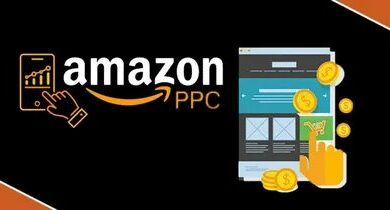The How of Digital and Analytics in Insurance

By TheStudyPoints
In today’s rapidly evolving digital landscape, the insurance industry is undergoing a transformative journey. Traditional insurance models are giving way to dynamic, tech-driven processes powered by digital tools and analytics. This evolution isn’t just about adopting new technologies—it’s about fundamentally rethinking how insurers interact with customers, assess risk, prevent fraud, and deliver value. This is “the how” of digital and analytics in insurance, explored through the lens of thestudypoints.
1. Digital Transformation: The New Norm
Digital transformation in insurance refers to the integration of modern digital technology into all facets of the insurance value chain. It goes beyond mere digitization of paperwork and touches every aspect—product development, marketing, underwriting, claims processing, and customer service.
Key Digital Innovations in Insurance:
- Mobile-first platforms: Mobile apps that enable customers to buy policies, file claims, and track services.
- Chatbots and virtual assistants: AI-powered support agents available 24/7.
- Cloud computing: Enhancing data storage and real-time access to data for better collaboration and decision-making.
- IoT devices: From car telematics to smart home sensors, IoT provides real-time data to personalize coverage and mitigate risks.
2. The Role of Analytics in Modern Insurance
Analytics has become the cornerstone of modern insurance practices. It empowers insurers to move from reactive approaches to predictive and prescriptive strategies.
Types of Analytics in Use:
- Descriptive analytics: Understanding what happened (e.g., past claim trends).
- Predictive analytics: Forecasting future outcomes (e.g., risk of claims).
- Prescriptive analytics: Recommending actions (e.g., pricing adjustments based on customer behavior).
3. How Analytics Is Revolutionizing Insurance
A. Risk Assessment and Underwriting
Traditional underwriting relied heavily on limited data and human judgment. Now, insurers can:
- Use AI models to analyze vast data points, such as credit scores, driving patterns, and even social media activity.
- Provide dynamic pricing models that reflect real-time risk.
B. Fraud Detection
Insurance fraud costs the industry billions every year. Analytics helps detect anomalies and patterns:
- Machine learning algorithms flag suspicious claims for review.
- Natural language processing (NLP) scans claim documents for inconsistencies.
C. Customer Personalization
With detailed insights from data, insurers can:
- Offer tailored coverage options.
- Provide customized recommendations through smart bots.
- Improve customer loyalty through better experiences and personalized engagement.
4. The Power of Predictive Models
Predictive models are a game-changer. For example:
- Health insurers use wearable data to predict the onset of chronic illnesses.
- Auto insurers analyze GPS and acceleration data to evaluate driver behavior.
These models allow insurers to take a proactive approach—rewarding safe behavior, suggesting preventive care, and minimizing claims.
5. The Challenges in Implementation
While digital and analytics hold immense promise, the road isn’t without hurdles:
- Legacy systems can slow down integration.
- Data privacy concerns must be addressed with robust cybersecurity.
- Skill gaps in data science and analytics require reskilling of staff.
But with strategic planning, these barriers can be overcome to unleash the full potential of tech-enabled insurance.
6. Real-World Examples
A. Lemonade Insurance
This tech-based insurer uses AI and behavioral economics to process claims in as little as three seconds, thanks to advanced data algorithms.
B. Progressive
With its Snapshot program, Progressive uses telematics to monitor driving habits and offers personalized premiums.
7. Future Outlook: The Road Ahead
Looking forward, the insurance sector is set to embrace:
- Blockchain for transparent and secure transactions.
- Augmented Reality (AR) to simulate risk scenarios.
- Voice technology for seamless claim processing via smart devices.
Insurers who adapt quickly will not just survive but thrive in this digital-first ecosystem.
Final Thoughts from TheStudyPoints
Digital and analytics are not just tools—they are strategic assets in the insurance industry’s transformation. “The how” of leveraging these assets lies in embedding them into core business operations, nurturing a culture of innovation, and staying focused on delivering real value to policyholders.
At thestudypoints, we believe that by understanding and applying these insights, insurance providers can reimagine what’s possible—and lead confidently into the future.



